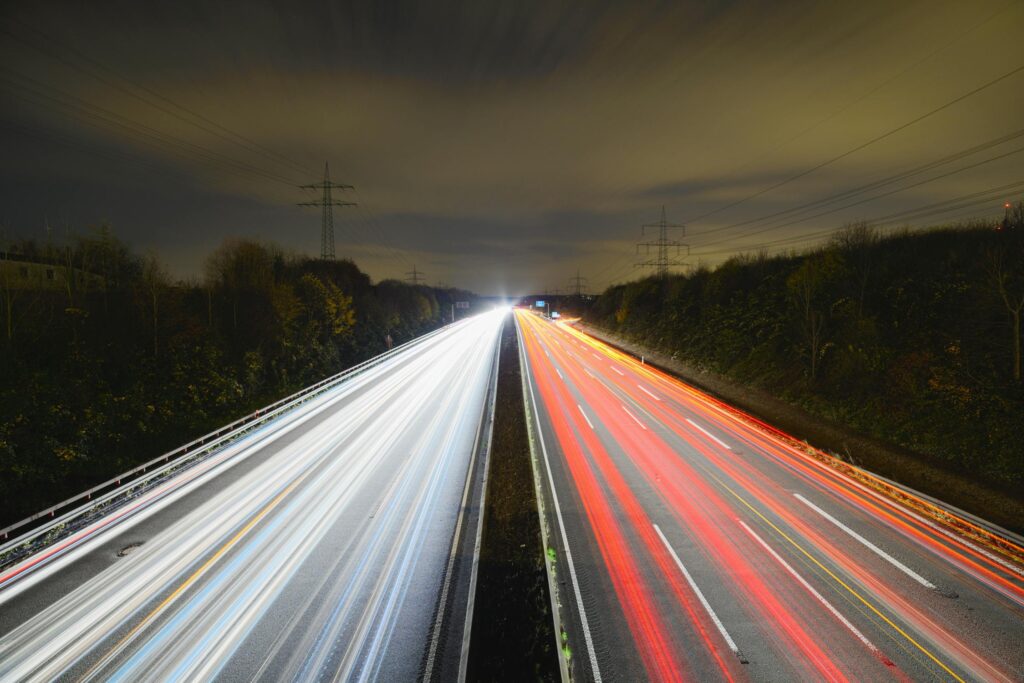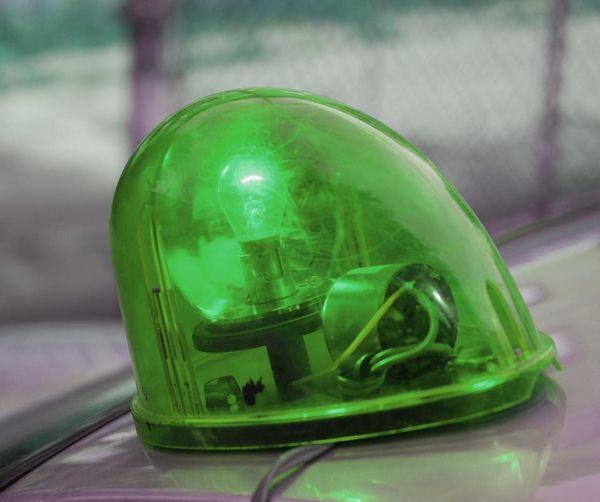Usually, you can determine who runs the machine by the color of the emergency light that flashes on top of a car.
Fire trucks and engines are among the vehicles in the fire department whose roofs are adorned with red lights.
Police cars, meanwhile, install light bars that attach half or all of the blue-colored lamp accessories.
You may have noticed emergency response trucks with green lights on their rooftops in the past few years.
They are just as official as police cruisers and fire engines. However, what does a car’s green light mean?
Which government agency is responsible for its occupants? What kinds of emergency assistance do they offer?
What Does a Car’s Green Light Indicate?
Green lights indicate that the car is for emergency use, much like other emergency lights do. Government buildings and communities with volunteer fire departments are the most probable sites to encounter cars with green emergency lights.
The organizations listed below are those that typically have green lights on their vehicles:

Homeland Security Department
The Department of Homeland Security (DHS) is responsible for overseeing public security in the United States. Counterterrorism, border security, immigration and customs, and disaster management and prevention are all included in its scope.
It’s likely that DHS vehicles are patrolling around a federal site if you observe cars with green flashing lights.
Transportation Department
The Department of Transportation (DoT) is responsible for managing federal transportation projects. It also establishes safety standards for every kind of transportation, including trucks, cars, and airplanes.
Green flashing lights may be seen on DoT vehicles. To warn drivers, their road repair vehicles frequently have green lights.
First Responders and Volunteer Firefighters
Numerous states run volunteer fire departments and emergency medical technician (EMT) programs. First responders and volunteers in Indiana and Washington operate cars with flashing green lights.
Command Post Automobiles
Cars with command posts function as temporary headquarters. They are equipped with all they need to lead and organize sizable contingents during critical operations such as responding to emergencies and battling fires.
A command post truck may or may not feature green lights, depending on how it is designed, to signify how important it is to managing and organizing activities.
Emergency Crowd Control
If you’re from Montana, chances are good that you’ve seen a police cruiser driving around with a green light. What does a police car’s green light indicate, then? The emergency crowd control department, which arranges, coordinates, and keeps an eye on sizable crowds to prevent hazards like stampedes, is responsible for that cruiser.
Is It Allowed for a Car to Have Green Lights?
In general, no. In many places, it is against the law to install any lights on your car or truck that other drivers might mistake for emergency lights. Certain emergency vehicles that employ green lights are likewise subject to these restrictions.
Declaring your car to be an emergency vehicle is against the law. In addition, if someone thinks you’re a first responder, they may waste a lot of time attempting to get in touch with you.
As if that weren’t awful enough, some green lights resemble traffic light green signals in terms of color. A driver who is preoccupied could confuse an illuminated car light for a go-signal.
North Dakota is an exception, though, where you are able to equip your vehicle with green lights. The lamps can’t flash like emergency lights, though. In addition, the lights should not be visible from the front of your car. Similar regulations that allow the limited usage of green lights may exist in other states.
If you want to install green lights on your car, find out if it’s against the law to do so in your state.
Other Emergency Vehicle Light Colors
Emergency vehicles use various colored lights to distinguish between them and their missions. In addition to green, emergency lights are available in the following hues:
Red Lights
Emergency vehicles are equipped with forward-pointing red lights to optimize visibility in that direction. Ambulances, fire vehicles, and police cars all have red lights facing forward.
Red is a striking hue that draws attention right away. Usually, it flashes a silent warning to drivers to slow down or halt. You are not required to apply the brakes right away when you notice a red light. Rather, focus on the car and choose the appropriate course of action.
Depending on the state, red lights may or may not show whether a police vehicle belongs to a city, county, or state.
A second, different-colored light is often added to police cars in addition to the red one. Police cars in states like California have a flashing blue light and a solid red light. There are police cars in other states, including Nevada, that feature a solid blue light and a flashing red light. Rather than using a blue light, the North Dakota and New York police forces combine the red and white lights.
In Nebraska, fire department cars can be distinguished from police cars by using a red and white light.
Funeral hearses, school buses, and tow trucks are among the other vehicles that may be seen driving with red lights on.
Blue Lights
Blue is frequently associated in American culture with law enforcement. It should come as no surprise that American police cars frequently have blue lights.
The majority of police vehicles with blue lights also have either red or white lights on them. Only blue lights are allowed on police vehicles in a few places, such as Arkansas.
White Lights
Usually, white lights are used in conjunction with a different color emergency light, such as a red light similar to those found on many police cruisers. When compared to other red lights on the road, such brake lights, a white light stands out and is therefore simpler to see.
Some examples of vehicles that might only have flashing white lights are school buses, postal delivery trucks, and rail transit service vehicles.
Amber Lights
Amber lights alert other motorists to stop or slow down. The fact that they are warning lights rather than emergency lights sets them apart from other colored lights. Although you are not required to stop or yield to a car with amber lights on, you should still think about doing the right thing.
Slow-moving cars typically have amber lights on. These lights were necessary for snow plows, postal trucks, and garbage trucks. Amber lights are also included on tractor-trailers made to support large loads. You should slow down and allow them space because of their size, slow speed, and unreliable reaction times.
Purple Lights
Some funeral homes have purple lights. These lights may be installed on cars taking part in a funeral procession. Coroners and medical examiners may also designate their status with a purple light on their vehicles.
Why Are There Different Colors in Some Emergency Lights?
Certain warning and emergency lights alternate between two hues. Certain police cars, for instance, feature both red and blue lights. To aid those who are color blind in seeing the emergency lights, manufacturers blend these hues together.
Those who are colorblind can only perceive red or blue. Both colors are used in emergency lights to help everyone identify and locate an emergency vehicle.
